Oxymax-CLAMS
Comprehensive monitoring systems allow 24-hour, automated, non-invasive collection of several physiological and behavioral parameters.
Why CLAMS
At Columbus Instruments, we pioneered the behavior and physiology monitoring system industry by developing the first commercially available indirect calorimeter in 1985. We are a trusted partner for hundreds of thousands of researchers. Our CLAMS systems are now in their fifth generation. For this iteration, we paired our Universal Oxymax with our new CLAMS-Connect cages to offer unparalleled performance and ease of use. We are constantly finding new ways to innovate and incorporate the latest technology in our instrumentation to improve our CLAMS systems and give you the most trusted data for your results.
Our Premiere Instrumentation
For precision-driven calorimetry, our more accurate systems include:
- A Zirconia fuel cell with high throughput scanning technology.
- An analyzer with the highest resolution for superior precision.
- Dependable sample drying, from 30°C down to 4°, for consistent results.
- Multi-multiplexing, which applies multiple gas sensor chains to pair high throughput with high data density.
Our Groundbreaking Innovation
State-of-the-art metabolic innovation and energy expenditure analysis:
- CLAMS-Connect streamlines setup to eliminate tubes and wires, reducing errors and setup time. This ease of use reduces dependence on specialized training.
- CI-OxyMap categorizes energy expenditure into four key components: Basal Metabolic Rate (BMR), the Thermic Effect of Food (TEF), Activity-Induced Energy Expenditure (AEE), and Adaptive Thermogenesis (AT), and provides advanced insights into metabolic rates.
Coming Soon: Exclusive Columbus Instruments Software
CI-Link software, exclusive to Columbus Instruments:
- Collect and manage all your experimental data to quickly export for analysis or publication.
- View your data graphically in real time without interrupting your experiment.
This state-of-the-art system integrates unique features for open circuit calorimetry and detailed subject analysis, providing a one-stop solution for simultaneous multi-parameter assessment of multiple test subjects. We build these systems semi-custom, so you can tailor your Oxymax-CLAMS system to include parameters specific to your research needs. The system is fully expandable, allowing for additional chambers and features for the evolving demands of your research. The included software, CI-Link, offers an intuitive interface for collecting and managing all experimental data. You can export the data quickly for analysis or publication. Researchers can view data graphically in real time without interrupting the experiment.
Applications
Features / Specifications
Oxymax-CLAMS-Connect
- State-of-the-art wire and tube-free design.
Oxymax-CLAMS-Home Cage
- Adaptable to many popular IVC types.
Oxymax-CLAMS-Center Feeder
- Designed for Ob/Ob subject studies.
Oxymax-CLAMS-Waste Cage
- Adapted for waste collection and measurement.
Why CLAMS
At Columbus Instruments, we pioneered the behavior and physiology monitoring system industry by developing the first commercially available indirect calorimeter in 1985. We are a trusted partner for hundreds of thousands of researchers. Our CLAMS systems are now in their fifth generation. For this iteration, we paired our Universal Oxymax with our new CLAMS-Connect cages to offer unparalleled performance and ease of use. We are constantly finding new ways to innovate and incorporate the latest technology in our instrumentation to improve our CLAMS systems and give you the most trusted data for your results.
Our Premiere Instrumentation
For precision-driven calorimetry, our more accurate systems include:
- A Zirconia fuel cell with high throughput scanning technology.
- An analyzer with the highest resolution for superior precision.
- Dependable sample drying, from 30°C down to 4°, for consistent results.
- Multi-multiplexing, which applies multiple gas sensor chains to pair high throughput with high data density.
Our Groundbreaking Innovation
State-of-the-art metabolic innovation and energy expenditure analysis:
- CLAMS-Connect streamlines setup to eliminate tubes and wires, reducing errors and setup time. This ease of use reduces dependence on specialized training.
- CI-OxyMap categorizes energy expenditure into four key components: Basal Metabolic Rate (BMR), the Thermic Effect of Food (TEF), Activity-Induced Energy Expenditure (AEE), and Adaptive Thermogenesis (AT), and provides advanced insights into metabolic rates.
Coming Soon: Exclusive Columbus Instruments Software
CI-Link software, exclusive to Columbus Instruments:
- Collect and manage all your experimental data to quickly export for analysis or publication.
- View your data graphically in real time without interrupting your experiment.
This state-of-the-art system integrates unique features for open circuit calorimetry and detailed subject analysis, providing a one-stop solution for simultaneous multi-parameter assessment of multiple test subjects. We build these systems semi-custom, so you can tailor your Oxymax-CLAMS system to include parameters specific to your research needs. The system is fully expandable, allowing for additional chambers and features for the evolving demands of your research. The included software, CI-Link, offers an intuitive interface for collecting and managing all experimental data. You can export the data quickly for analysis or publication. Researchers can view data graphically in real time without interrupting the experiment.
Applications
This state-of-the-art system integrates unique features for open circuit calorimetry and detailed subject analysis, providing a one-stop solution for simultaneous multi-parameter assessment of multiple test subjects. We build these systems semi-custom, so you can tailor your Oxymax-CLAMS system to include parameters specific to your research needs. The system is fully expandable, allowing for additional chambers and features for the evolving demands of your research. The included software, CI-Link, offers an intuitive interface for collecting and managing all experimental data. You can export the data quickly for analysis or publication. Researchers can view data graphically in real time without interrupting the experiment.
Features and Benefits
%20(1).avif)
Precision-Driven Calorimetry
The Universal Oxymax Indirect Calorimetry system delivers precise O2 and CO2 measurements in sealed metabolic cages with unmatched accuracy. Its modular design suits both large and small setups, while its fully automated, turnkey system ensures easy maintenance. With adjustable airflow from 0.5 to 3 liters/minute, Oxymax provides optimal resolution or certainty as needed. It captures O2 and CO2 data at 10Hz, offering high-resolution measurements to filter noise and achieve ultra-fast cage response times.
Oxymax supports 3 oxygen sensor types to cover all possible applications. A non-dispersive infrared CO2 sensor virtually eliminates drift, reducing recalibration needs.
Dependable Humidity Control for Consistent Results
Building on a tradition of precise humidity management, Oxymax features a cutting-edge 2-stage sample drying method that effectively eliminates all moisture from air samples. This advanced approach ensures that only oxygen, carbon dioxide, and nitrogen are measured, adhering to the best practices for indirect calorimetry in research and preventing humidity from skewing recorded oxygen values.
Rapidly removing humidity can pose a significant engineering challenge. While humidity correction—measuring and back-calculating humidity—may seem like a simpler alternative, it relies on stable temperatures and often fails during rapid fluctuations. In experiments with manipulated ambient temperatures, the humidity correction technique lacks proper temperature compensation to accurately track VO2, leading to questionable RERs. Oxymax’s precision-engineered drying method is the best on the market that ensures accurate oxygen tracking regardless of temperature changes, delivering reliable O2/CO2 measurements while matching or exceeding the temporal resolution and data density of humidity corrected systems.
.avif)

State-of-the-art Metabolic Cage Innovation
Experience the future of metabolic research with CLAMS-CN, a groundbreaking system that streamlines setup by eliminating tubes and wires. Its innovative design removes the risk of common setup errors, saving valuable time and effort, while simplifying the entire process for a faster, more efficient workflow. No more double-checking cables —just fast, efficient results.
The Connect Cage also offers the highest level of flexibility, with autoclaveable parts, in-cage measurements of temperature, humidity, pressure, and sound levels, and electronics safe for vapor sterilization (H2O2 or EthO). Its P3 biocontainment rating configuration makes it perfect for virology or gnotobiotic research, and it is suitable for hypoxia studies down to 10% oxygen. Elevate your research with precision and convenience, all in one innovative solution.
Innovative Energy Expenditure Analysis: Clambake
Traditional research often stops at measuring overall energy expenditure, but Clambake advances this approach. Developed by the Brestoff Lab at Washington University in St. Louis, this cutting-edge algorithm categorizes energy expenditure into four key components: Basal Metabolic Rate (BMR), Thermic Effect of Food (TEF), Activity-Induced Energy Expenditure, and Adaptive Thermogenesis. By analyzing data from Oxymax-CLAMS, Clambake provides advanced insights into metabolic rates, deepening the understanding of fundamental energy metabolism processes.

Temperature and Light Control Solution
Designed for optimal space efficiency, our environmental control cabinet minimizes laboratory footprint while offering scalable sizes to fit your research needs. It provides precise temperature control ranging from 4°C – 35°C (with higher temperatures available upon request), ideal for studies involving temperature fluctuations. The cabinet features programmable LED strips for customizable light control, including color, intensity, and timing, and supports various day/night cycles and non-24-hour clocks to suit diverse experimental requirements.
Product Description
The Comprehensive Lab Animal Monitoring System (Oxymax-CLAMS) is the premier solution for advanced laboratory research. This state-of-the-art system integrates an array of unique features for open circuit calorimetry and detailed subject analysis, providing a one-stop solution for simultaneous multi-parameter assessment of multiple test subjects at once. Built on a semi-custom basis, Oxymax-CLAMS can be tailored to include parameters specific to your research needs. The system is fully expandable, allowing for additional chambers and features for the evolving demands of your research. The included software, CI-Link, offers an intuitive interface for collecting and managing all experimental data, which can be easily exported for analysis or publication. Researchers can view data graphically in real-time without interrupting the experiment.
Cage Types

%20(2).png)


Add-ons
High-Precision C13 Isotopic Analysis
Address your substrate utilization tracking challenges with our advanced solution for simultaneous measurement of 13CO2, O2, and CO2. By integrating Picarro's stable isotope analyzer with our CI-Link software, we offer a seamless in-line measurement system with great accuracy. Our solution ensures exceptional performance with >0.1 0/00 precision and a 200 ppb range, providing reliable data for your metabolic research needs. Additionally, the Picarro combustion module add-on enables precise recovery of carbon isotopic compositions from harvested tissues.
.png)
.png)
Animal Welfare Monitoring: Adhering to Best Laboratory Principles
Introducing a new feature for the CLAMS-Connect environmental enclosure: in-cage cameras that deliver live feeds directly through CI-Link software. This enhancement allows for 24-hour welfare monitoring without needing to open the enclosure or rely on outdated methods like films or one-way glass. Stay tuned for upcoming push notifications for welfare alerts!
Accurate Heart Rate and Core Body Temperature Monitoring
Our telemetry system leverages advanced technology to provide precise biomarker data through a wireless, battery-less implant. Unlike traditional systems that require bulky batteries and frequent maintenance, our G2 Emitters—available for core body temperature and heart rate, or core temperature only—utilize wireless power transmitted via a custom antenna located less than 2mm beneath the cage floor. This design allows for extended use with a 2-year warranty, significantly reduces operational costs, and supports continuous high-density data collection without the limitations of battery life. While the system currently supports basic biomarkers, metabolic cages can be customized to integrate telemetry systems from other manufacturers for additional capabilities. Contact our sales team for more information.
%20(1).png)
.avif)
Advanced Liquid Consumption Measurement
For enhanced accuracy in lick detection, the Volumetric Drinking Monitor (VDM) provides microliter precision. Leveraging a patented conductivity principle for liquid delivery, the VDM performance is carefully calibrated to ensure optimal performance with a variety of liquids, including water, sucrose, and even specialized solutions like Ensure. This precise calibration guarantees reliable and consistent results across different research applications.
Advanced Methane Detection
Columbus Instruments has teamed up with Horiba, a leader in low-range methane detection, to provide integrated methane analysis in conjunction with oxygen and carbon dioxide measurements for the Oxymax system. This enhancement effectively addresses the challenges of researching methane and hydrogen-producing microbiota in the gastrointestinal tract of rodents.
.png)
We designed the versatile Exer 3/6 and the advanced Metabolic Treadmill to enhance exercise physiology and metabolism research. The Exer 3/6 Treadmill offers adjustable speed, incline settings, unparalleled control, and flexibility for diverse experimental needs. The Metabolic Treadmill integrates real-time metabolic analysis, allowing for simultaneous measurement of oxygen consumption and carbon dioxide production during exercise. It is ideal for studies on energy expenditure and respiratory exchange. Together, these treadmills provide comprehensive solutions for researchers exploring metabolism and exercise performance with precision and efficiency.
Applications
Treadmill Types
ExerGait
Belt Speed Range
- 5.0 to 170.5 cm/s
Dimensions
- 69.3 x 26.7 x 63.5 cm (27.3” x 10.5” x 25.0”)
Light Box Dimensions
- 88.9 x 46.4 x 33.1 cm (35.0” x 18.2” x 13.0”)
Metabolic

- Single lane isolated treadmill for paired exercise and metabolic studies.
- Designed with a clear belt and green backdrop for video observation.
Citations
Downloads
Request Additional Information
Contact us for ordering
Oxymax-CLAMS






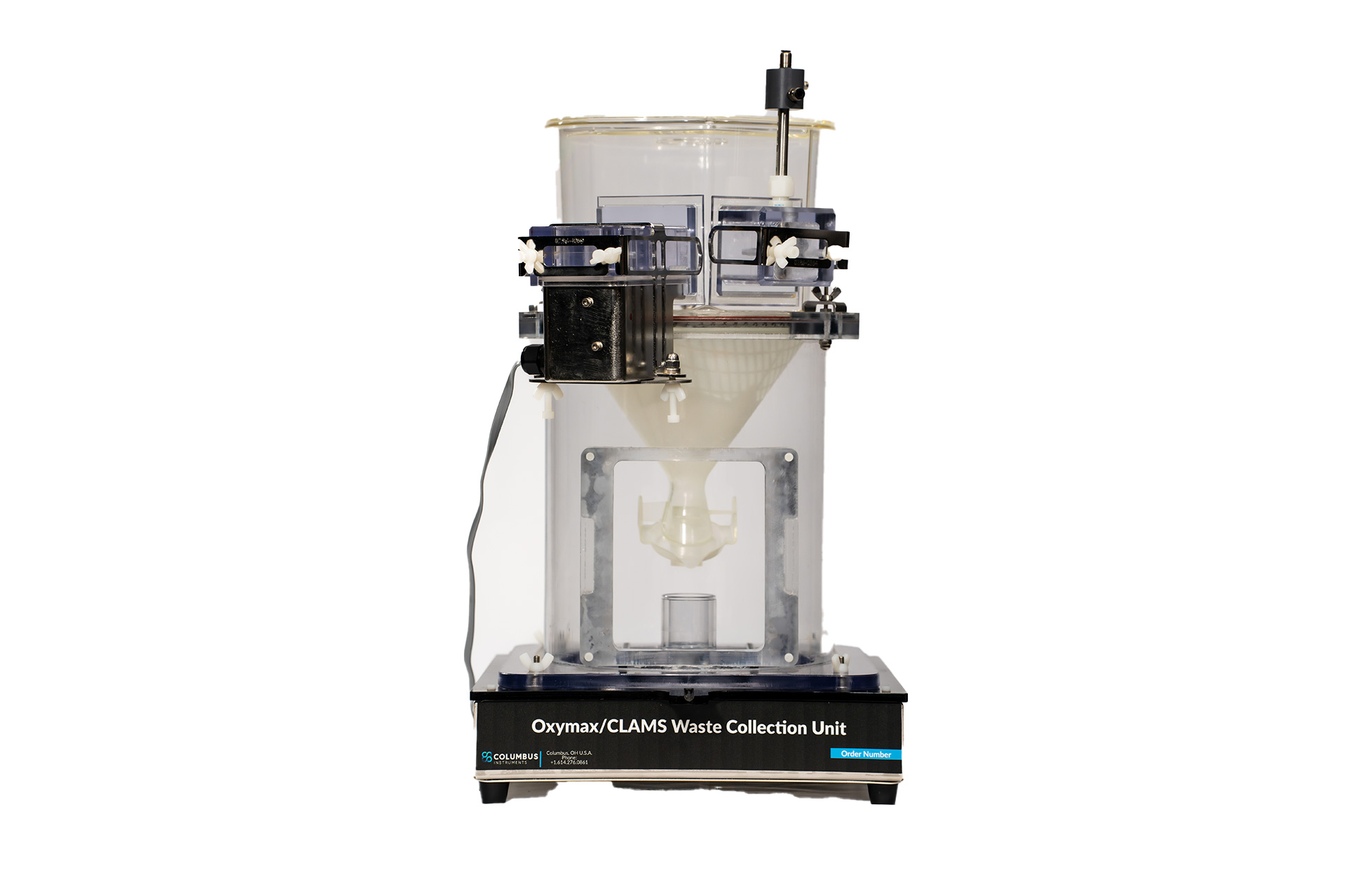
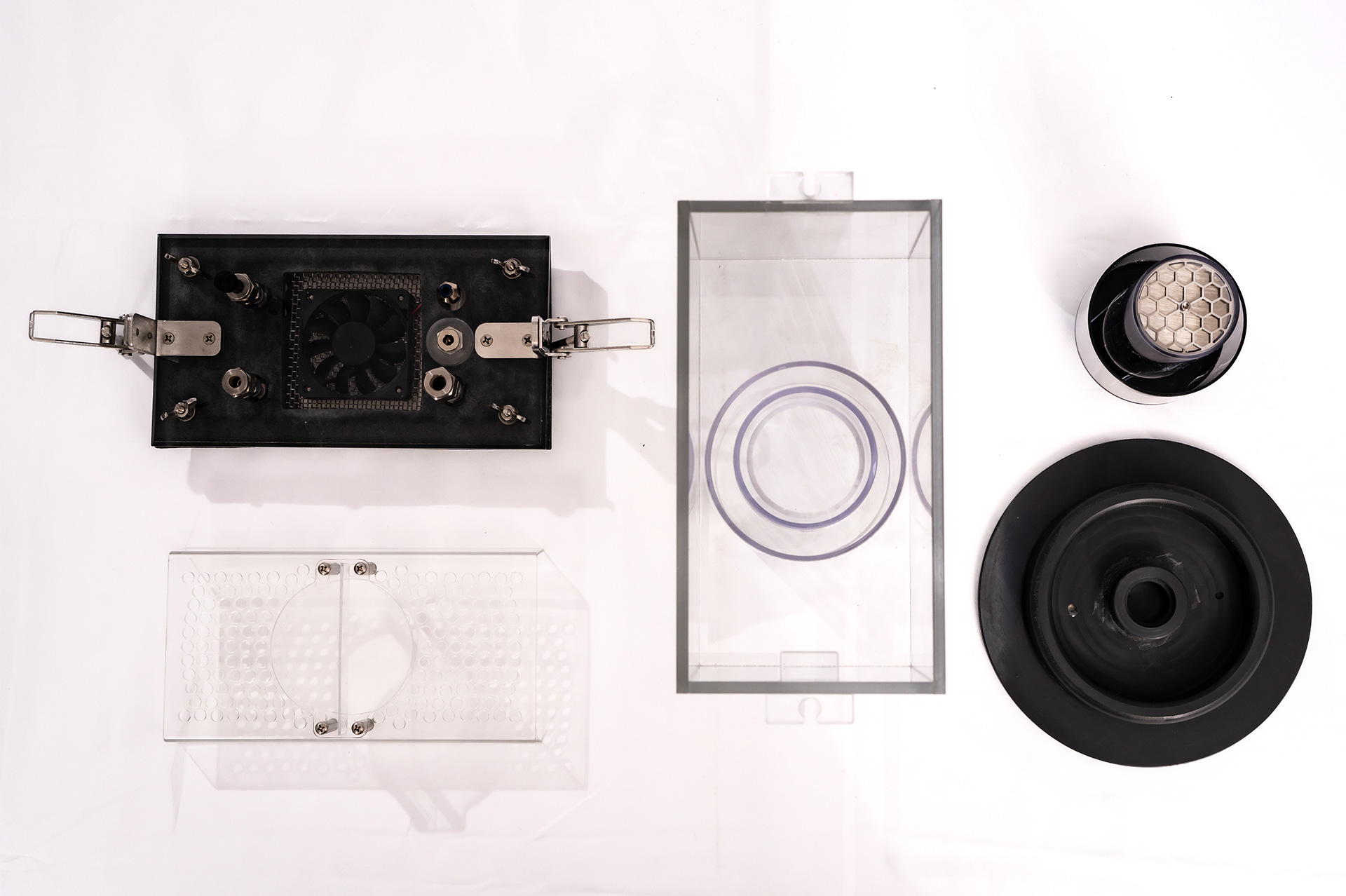
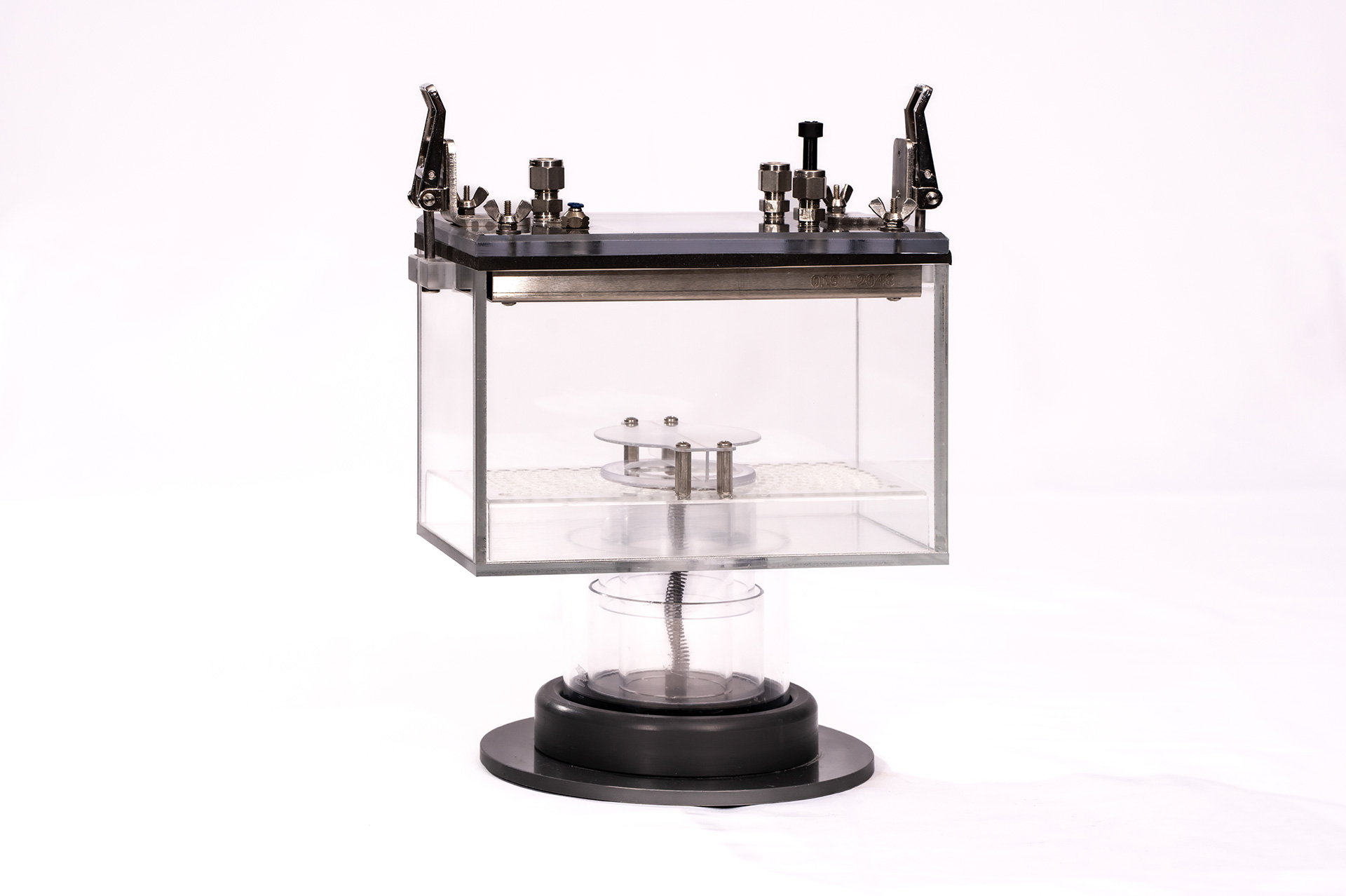
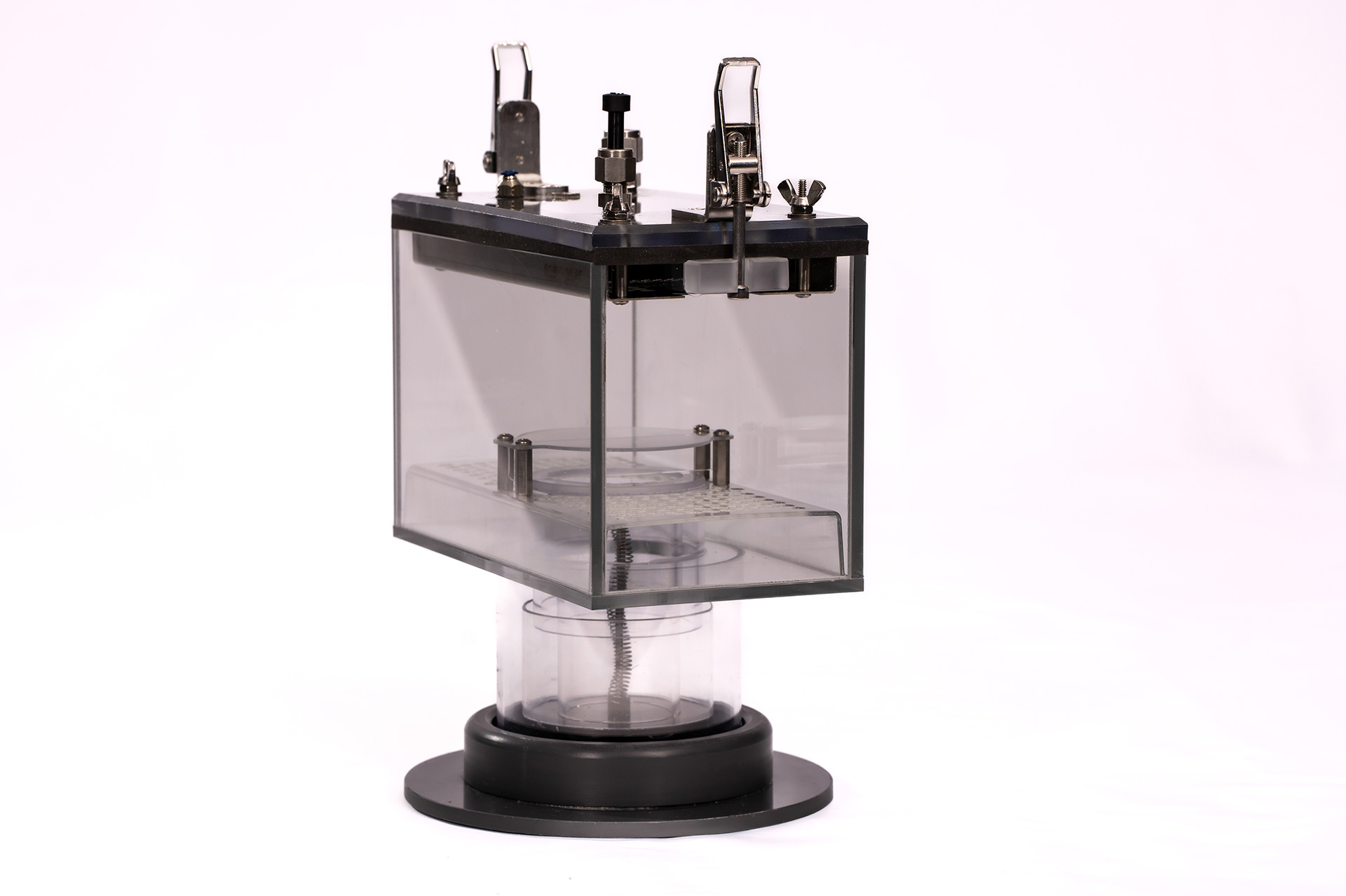
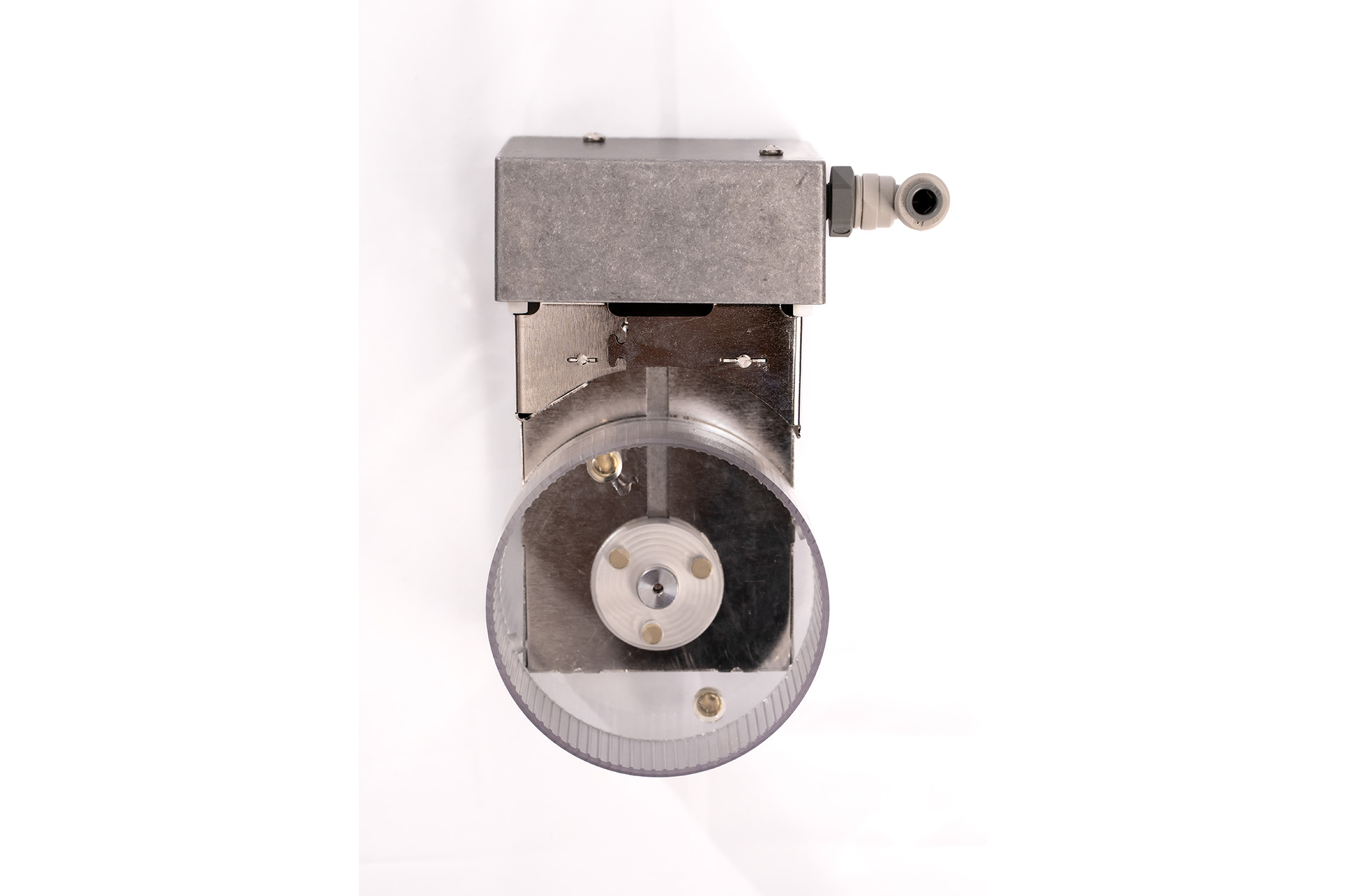
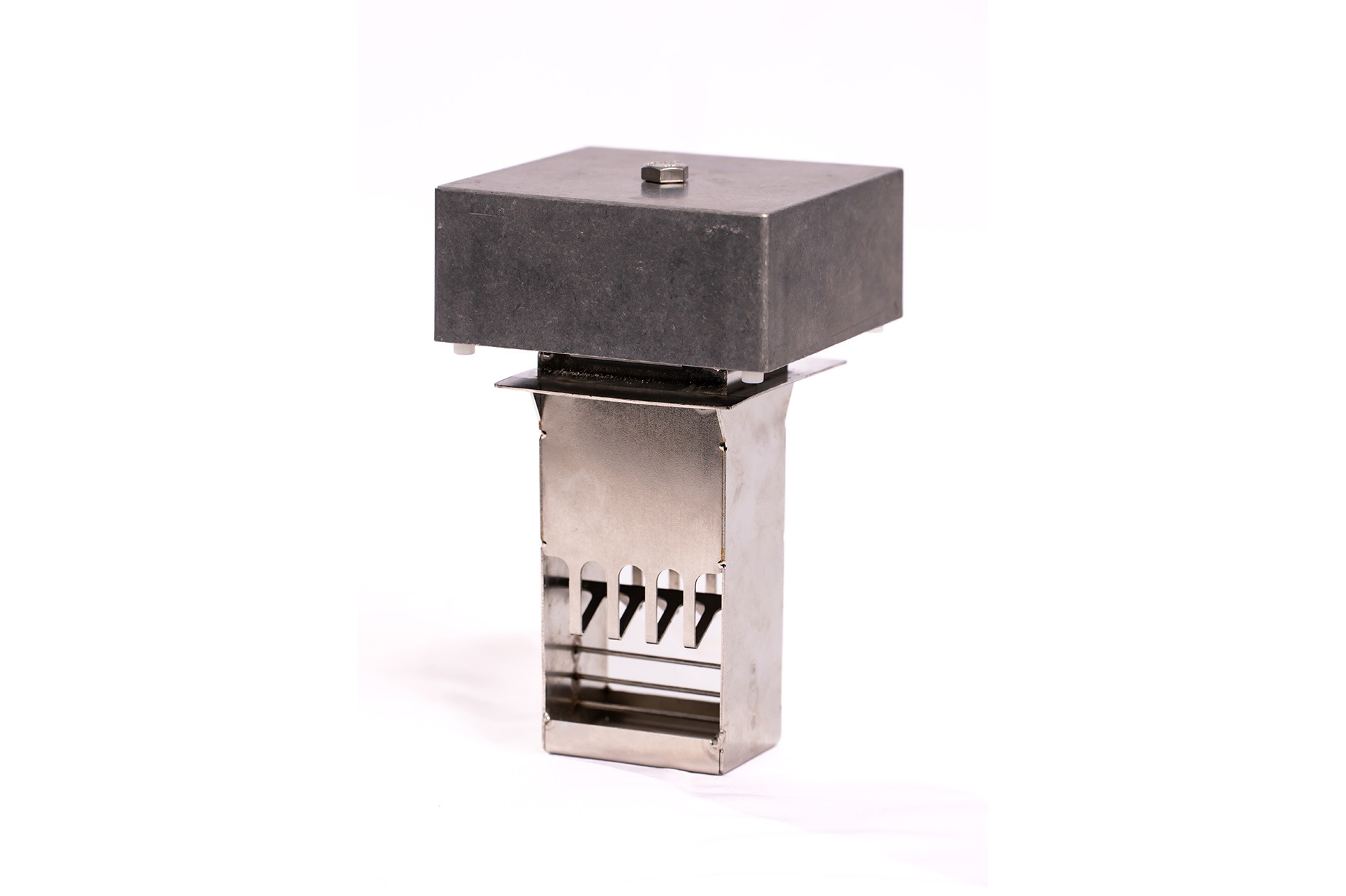
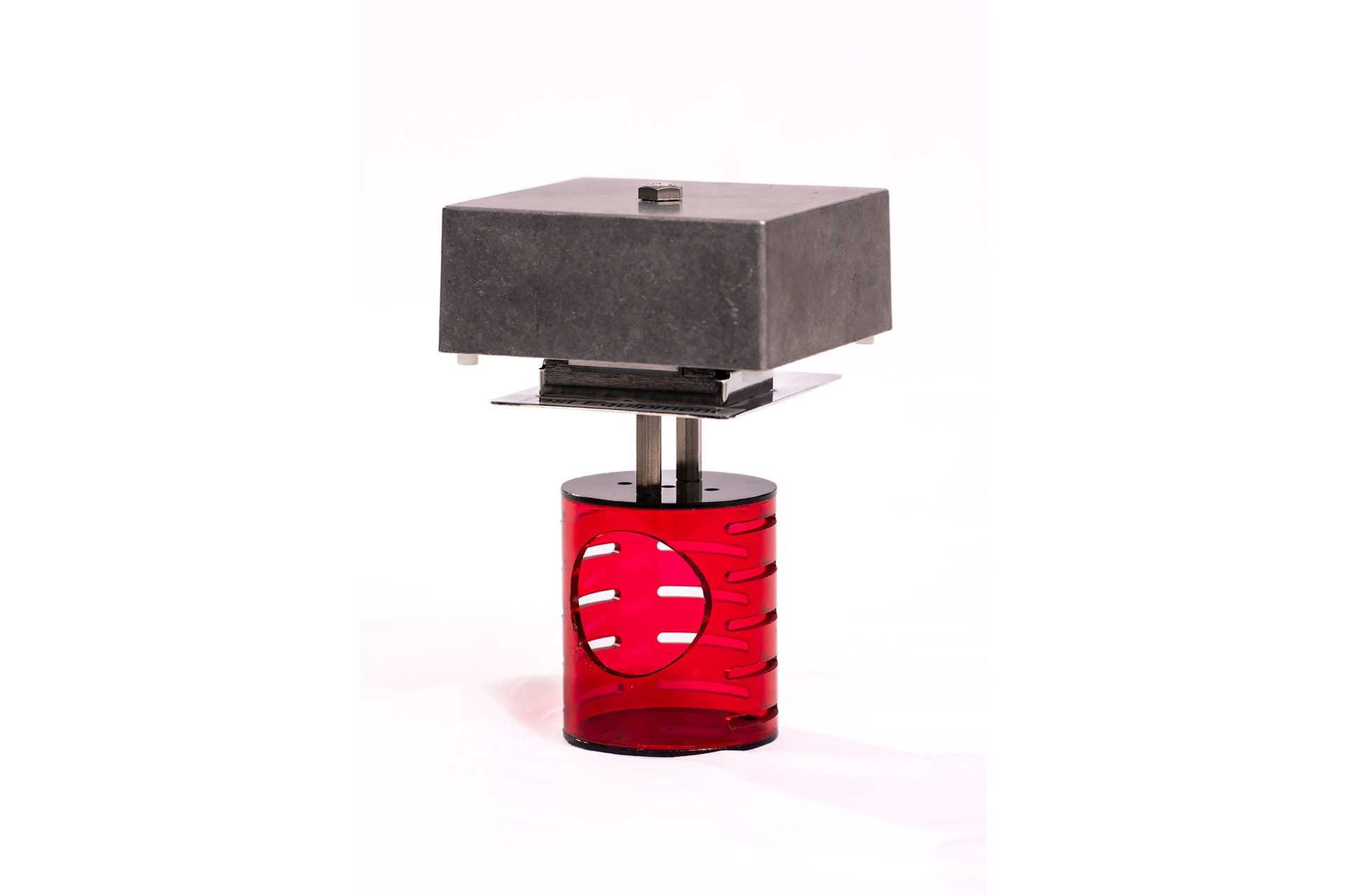
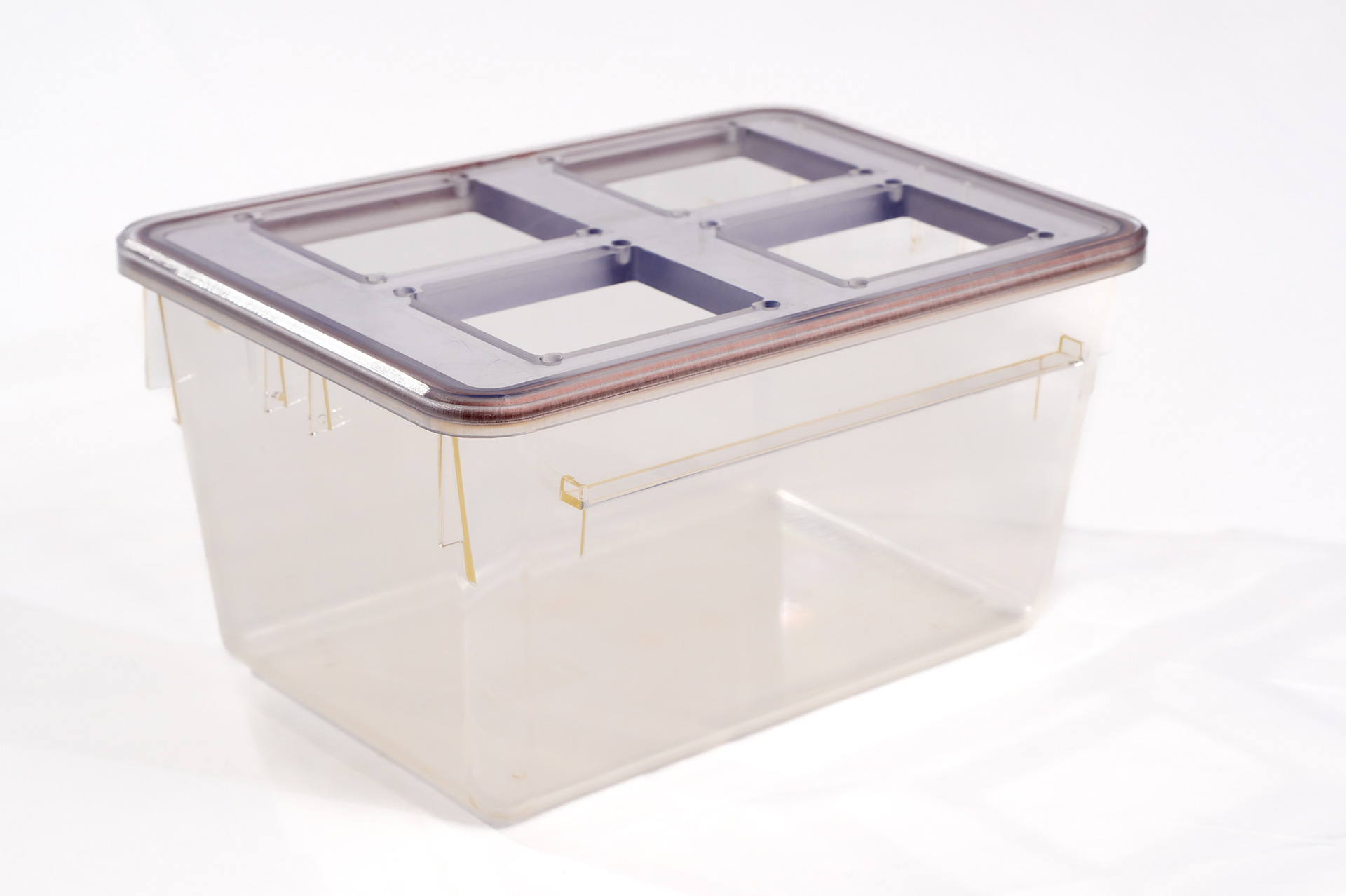


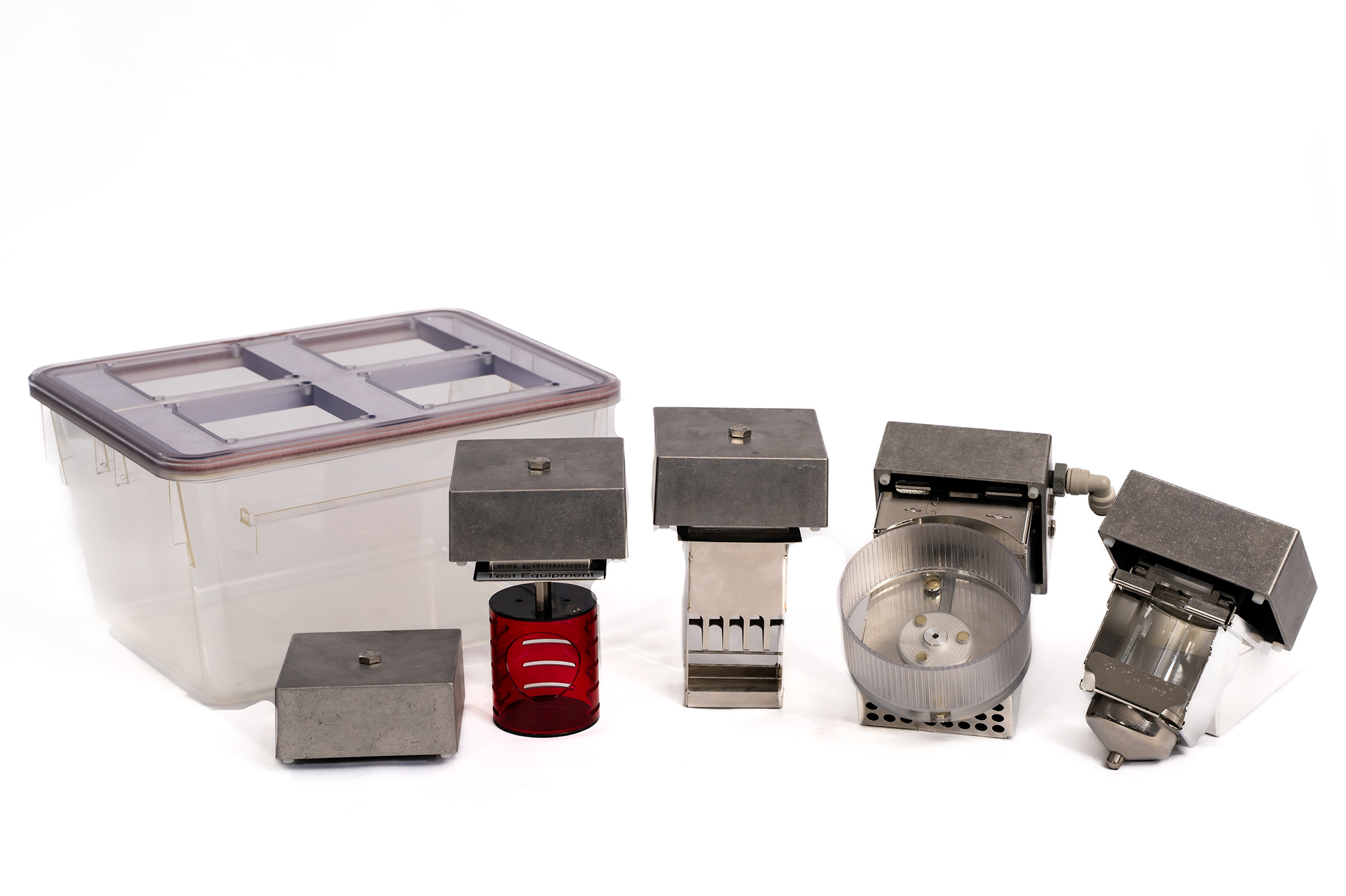

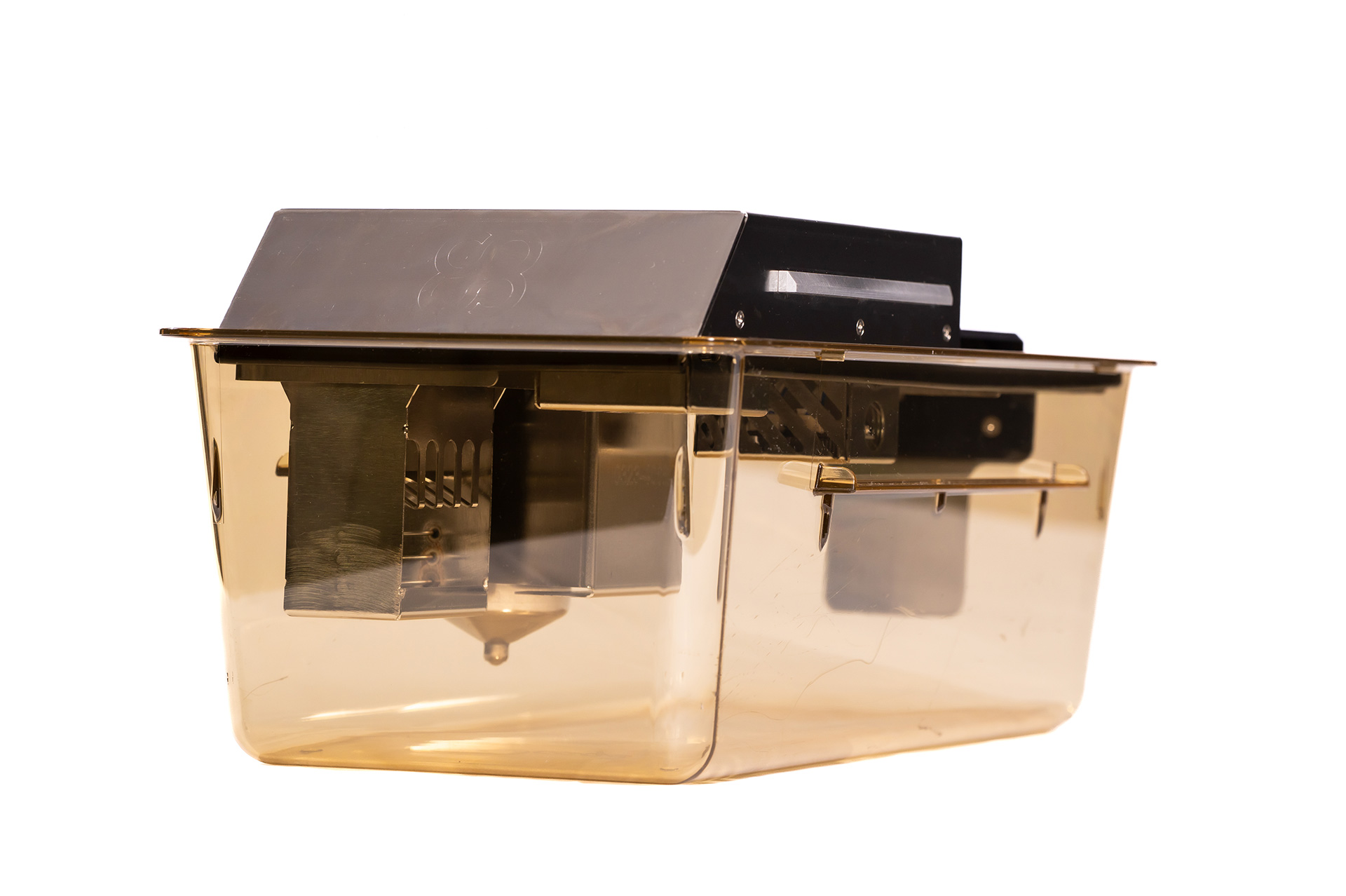

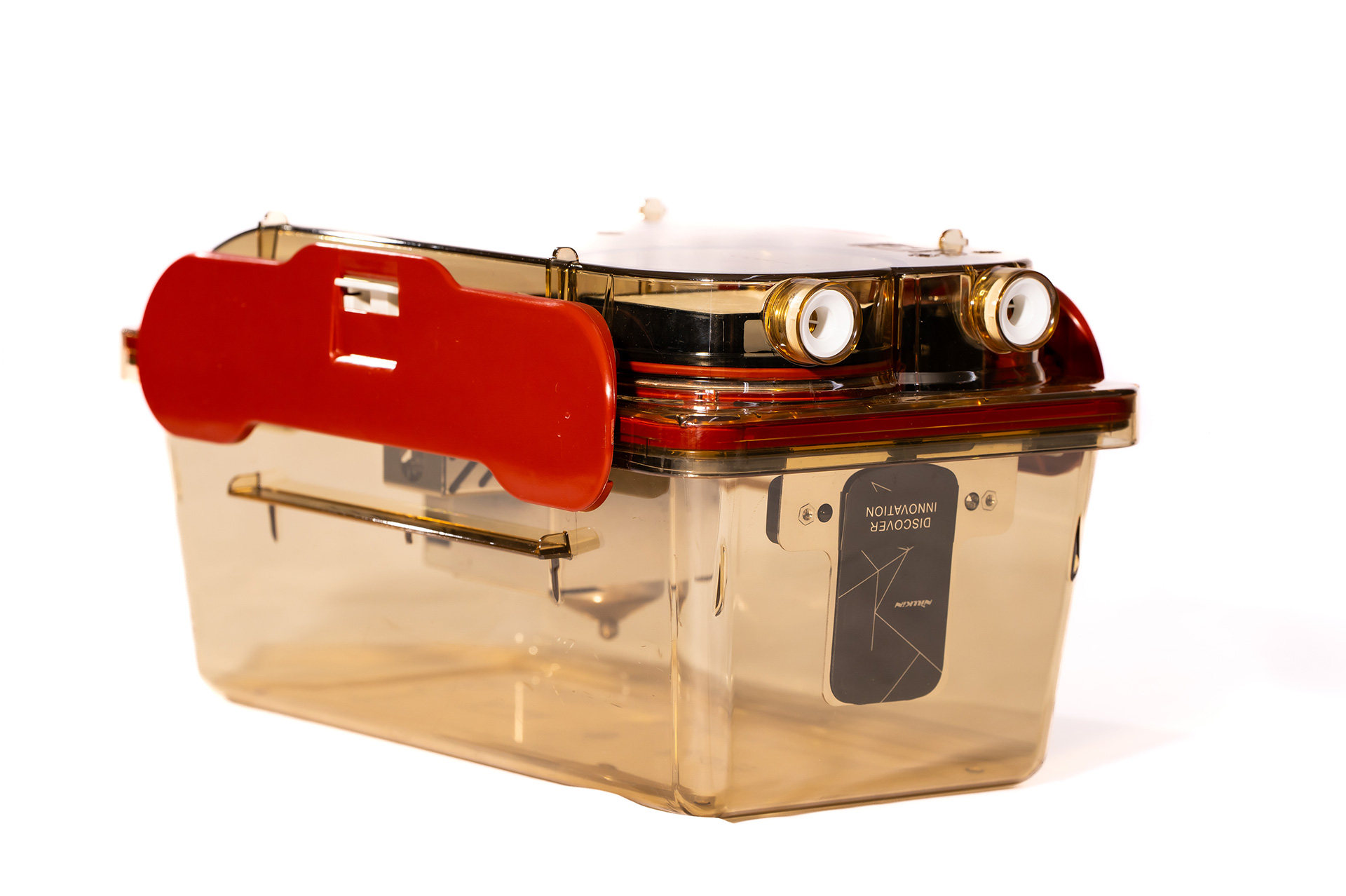

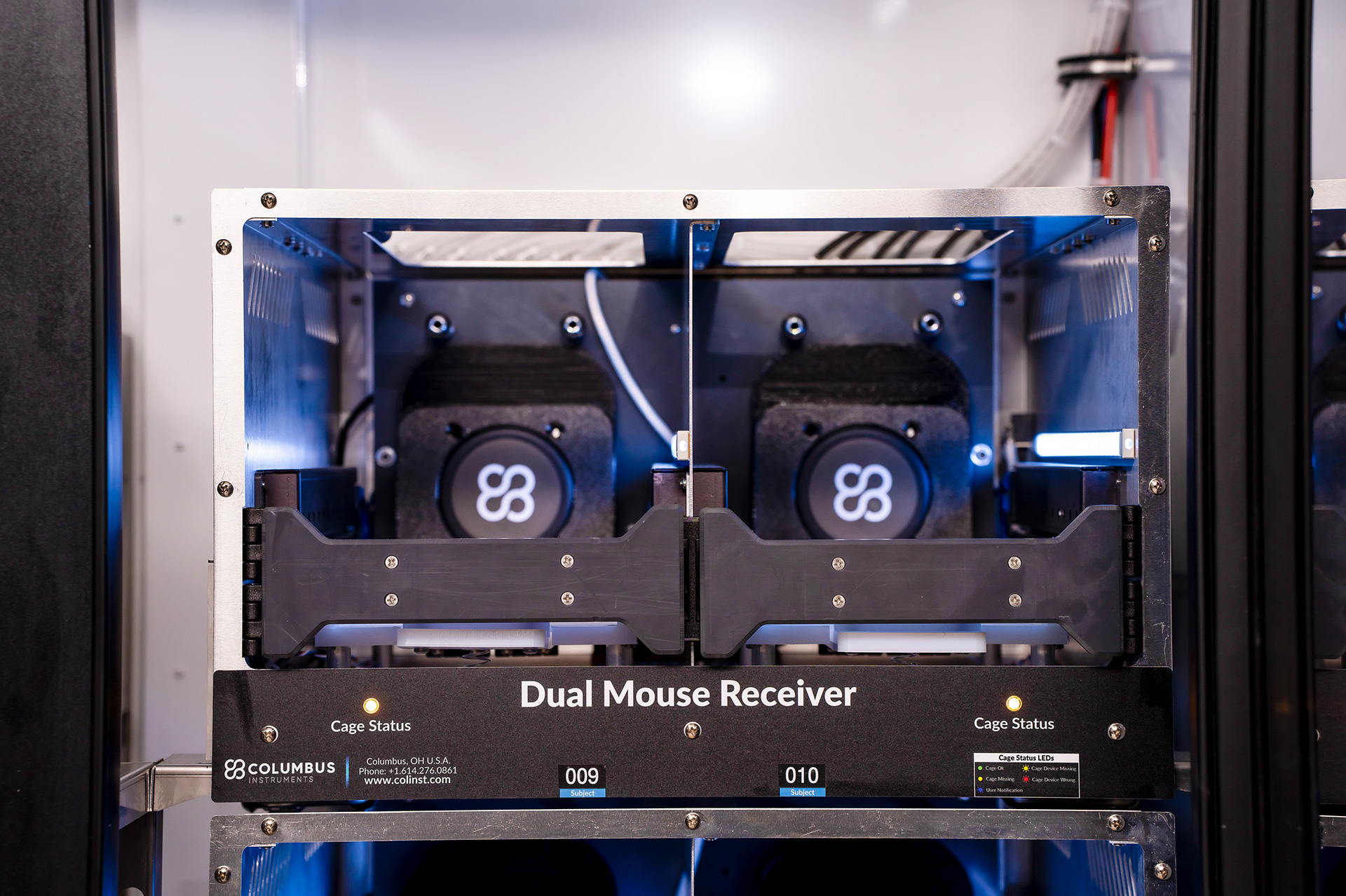

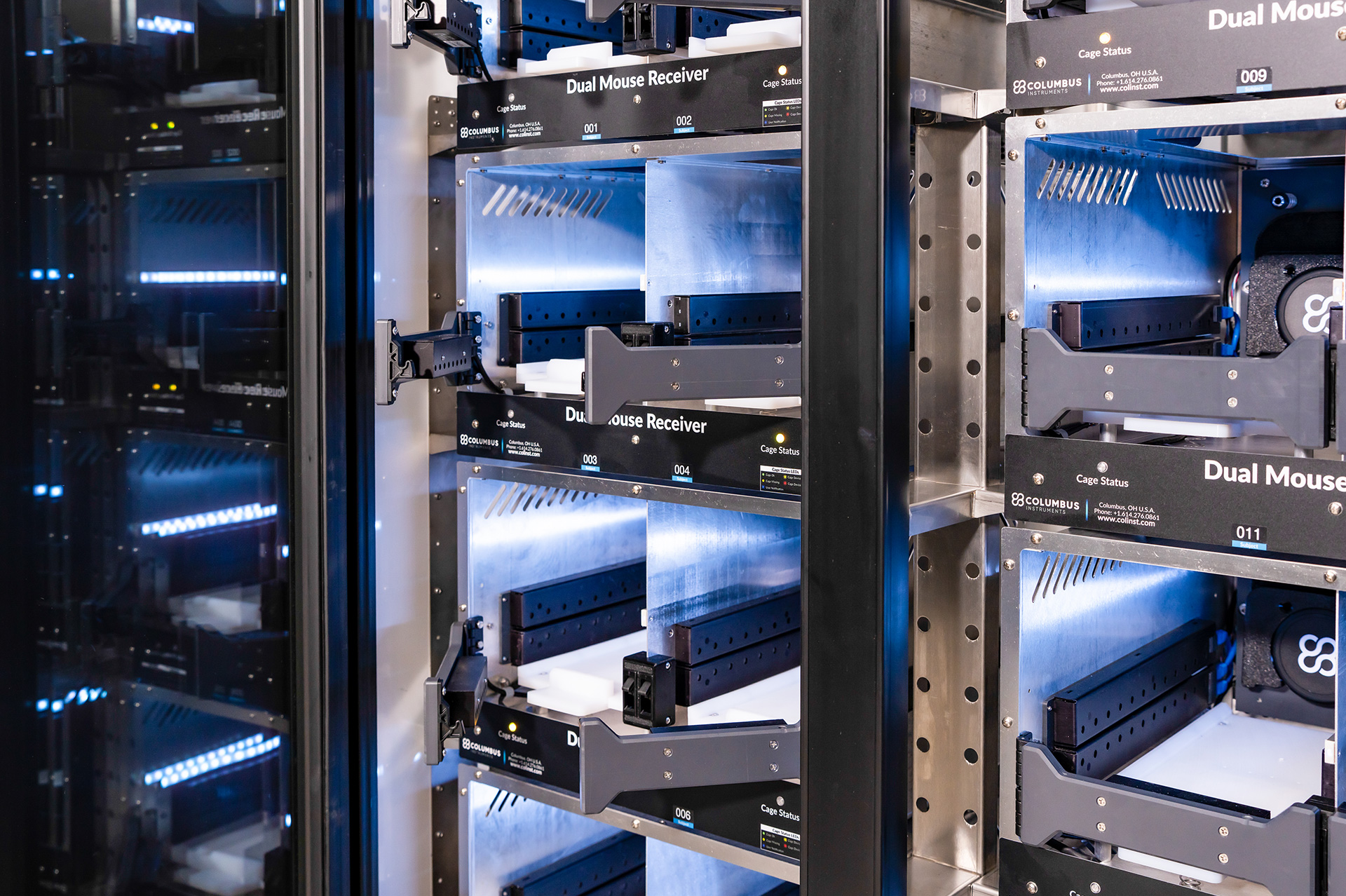

.avif)
.avif)
%20(1).avif)
.png)


.png)

